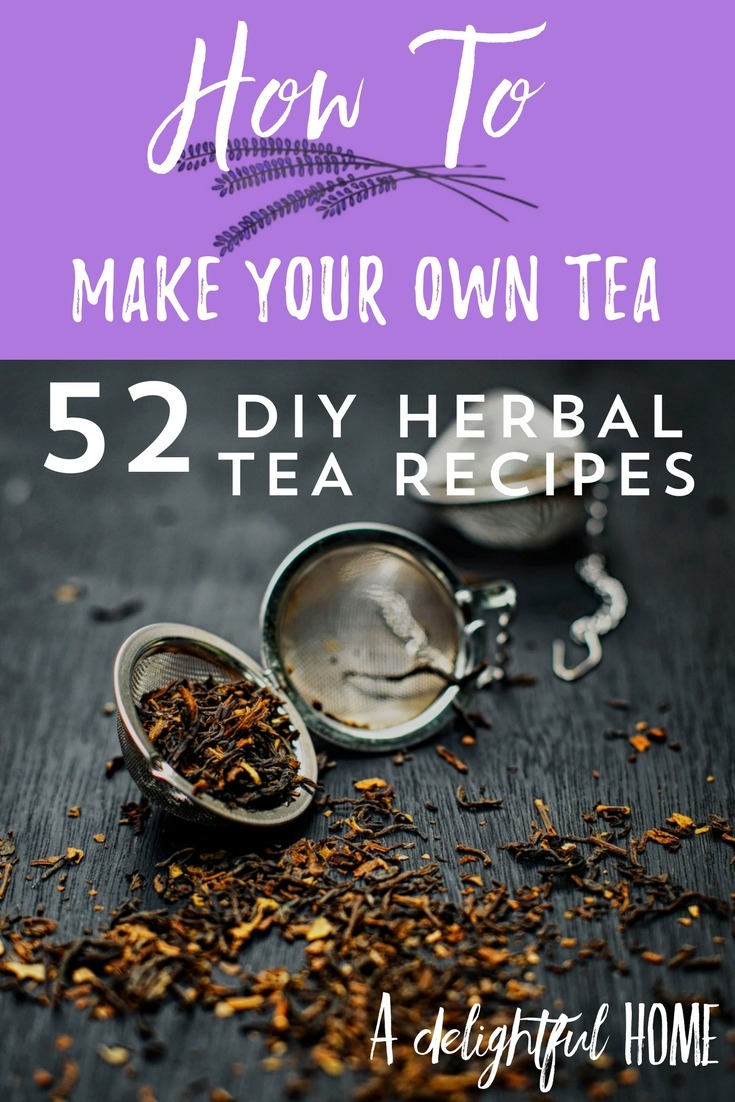
The idea of throwing out that store-bought box of tea bags maybe daunting, but this guide offers all the information needed to prepare fresh, healthy natural teas in the kitchen. Edible plants can be found everywhere, from the spice cabinet to the grocery store to the back yard.
However, anybody planning to consume plants should be armed with a field guide to edible flora and the assurance that no pesticides or chemical fertilizers have come in contact with the plants at any time. No part of a plant should be consumed without a thorough knowledge of the effects, and every consumer should be aware that one part of a plant maybe edible while another part is toxic (for example, honey-suckle blossoms can be eaten, but the berries should not be).
Benefits of Homemade Herbal Teas: What’s the Difference?
Store-bought teas are lacking much of the essential vitamins and minerals that can be found in infusions made with fresh herbs. Homemade teas made with larger pieces of leaves and petals can provide 90 percent of the valuable oils that offer great assistance to the immune system. These teas are great for detoxification, digestion, and relaxation!
With even a small knowledge of the effects of common plants, a savvy tea-maker can mix and match ingredients to create a tea appropriate for the mood.
Basic Proportions for Homemade Herbal Teas
The basic ingredient in homemade teas is green leaves. A healthy handful should be added to a pot of boiling water (many tea-drinkers recommend glass pots, as the colors of the teas change with the various ingredients available according to season).
The next important ingredient is the edible flower. This colorful addition provides a refreshingly different flavor and many health benefits.
Finally, for a surprisingly healthy and tasty twist, common edible and vitamin-packed weeds are added.
Creativity is important in the designing of homemade teas; different combinations will afford different, delicious and healthy results. Experimentation is a must!
Suggestions for Herbal Tea Ingredients: Greens and Flowers
- Herbs: Many essential ingredients can be found in the common kitchen herb garden. Basil, mint, lemon balm, rosemary, oregano, parsley, chives, sage, thyme, lemon verbena, chamomile, and other familiar herbs offer soothing aromas and countless benefits.
- Weeds: The most commonly consumed edible weed is dandelion leaf. A handful offers great benefits for digestion and detoxification. Stinging nettle, kudzu, goldenrod, and chickweed are a few more valuable weeds that maybe growing on the front lawn.
- Other Greens: Greens are essential in homemade teas, and many are readily available. For example, raspberry and blackberry leaves, clover, geranium leaves, plantain leaves, lemon grass, and young shoots of water horsetail add different, new tastes and scents to herbal teas.
- Flowers: Blossoms are a striking and fragrant addition to homemade teas. The entire bud can be steeped for full benefit, or petals can be used as a decorative touch. A surprising number of flowers are edible, from the common lavender to the sensual gardenia. Roses, dandelions, lemon and orange blossoms, onion blossoms, honeysuckle flowers, carnations, hibiscus, pansies, violets, and jasmine flowers are all commonly used in homemade herbal teas.
- Flavorful Additions: Orange peel, cinnamon, ginger, lemon, rose hips, white and black pine needles, honey, grapefruit, cloves, dried apples and common berries, sugarcane, fennel, small amounts of dark chocolate, and fresh fruit can be used in herbal teas to enhance the flavor, decrease bitterness, or add variety.